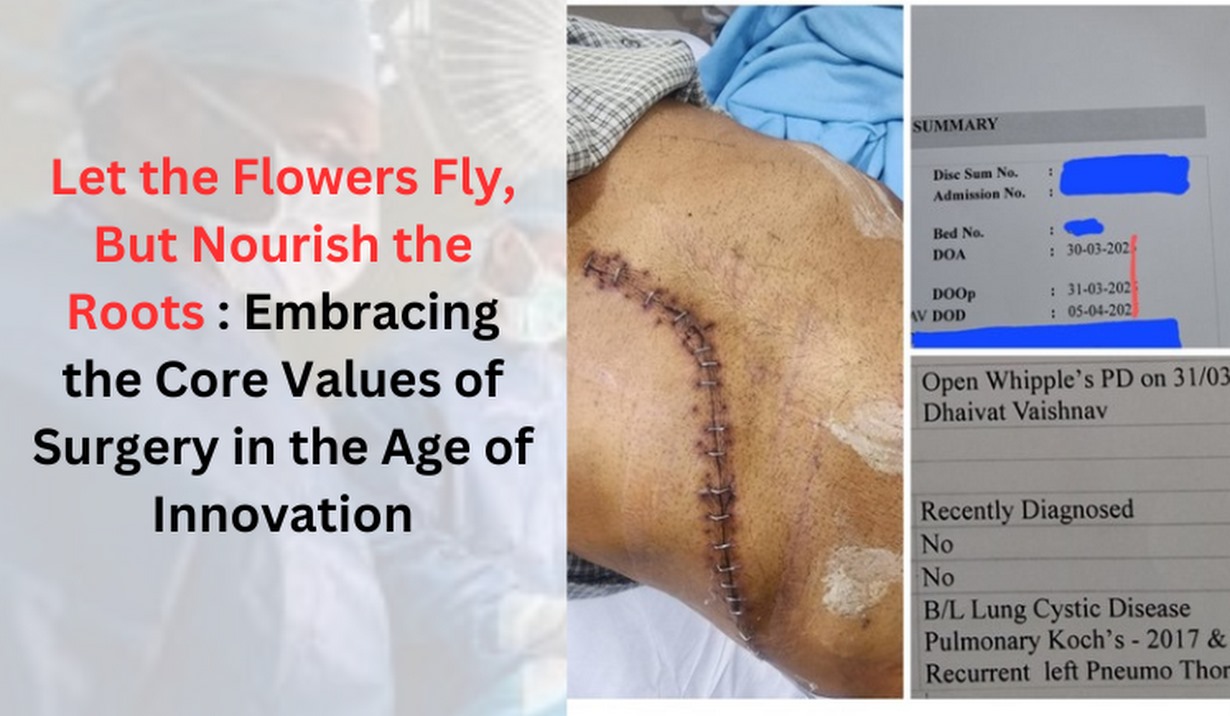Available At
View Location

In today's world, we often see a conundrum between glamorous showcasing and the core contribution to the matter. This phenomenon has also found its way into the scientific community due to the intrusion of patent attitudes, overshadowing the core values of deep, dedicated work that brings more satisfaction than fame or recognition.
The importance of nurturing skills from the ground up is undeniable. While outward manifestations of talent (like "flying flowers") may attract attention and appreciation, the foundation of true strength and success lies in the unglamorous task of nourishing the core ("water to the roots"). The initial investment of time, effort, and dedication forms the bedrock of skill development, and it is this solid foundation that results in the most impressive and lasting outcomes, even though they may remain unseen.
When we turn our attention to the field of surgical science, we see new technologies pushing the boundaries, with some aiming to replace traditional gold-standard open approaches. However, real-world data suggests that this is still far from being fully realized.
Here are some key points to ponder as we choose the path of wisdom:
We must emphasize that while minimally invasive surgery (such as laparoscopic and robotic techniques) is a remarkable advancement, it’s not a matter of one replacing the other. Rather, it is about understanding when each approach is most appropriate—a true case of "horses for courses."
Recent Case: A recent example of our work involves an open pancreatoduodenectomy after almost a dozen minimally invasive pancreatoduodenectomies for pancreatic cancer. Despite the complex nature of the procedure, the patient was discharged on postoperative day five.